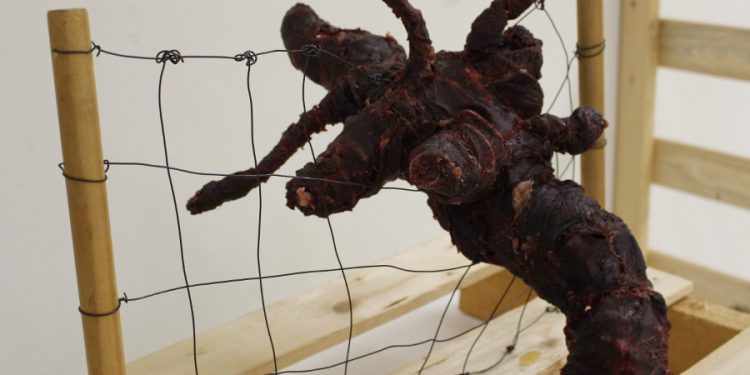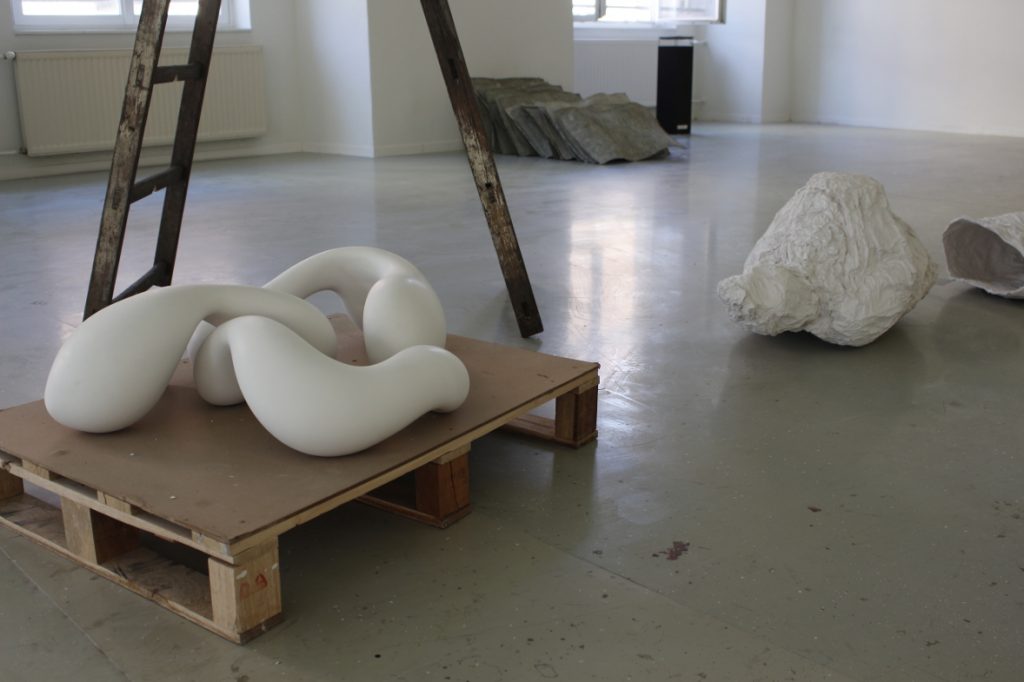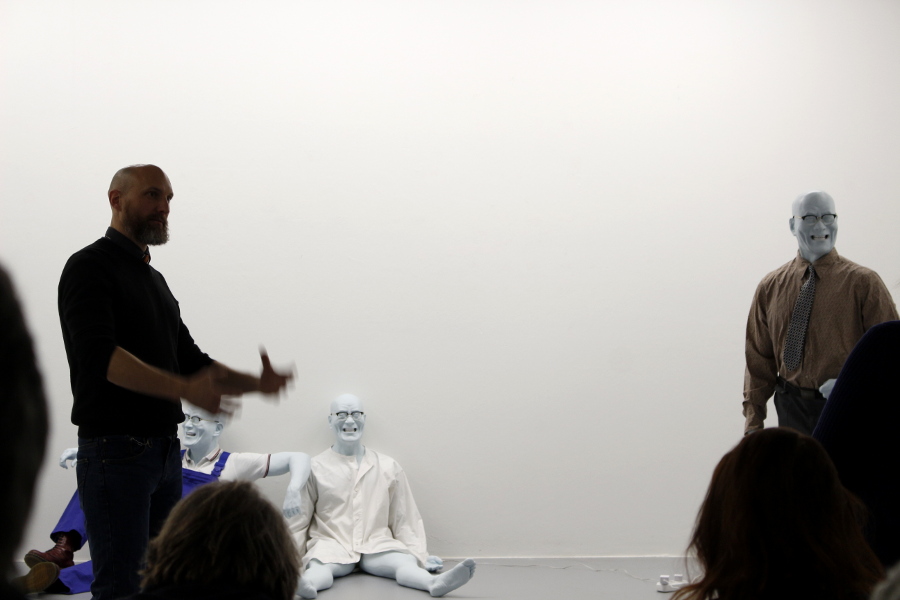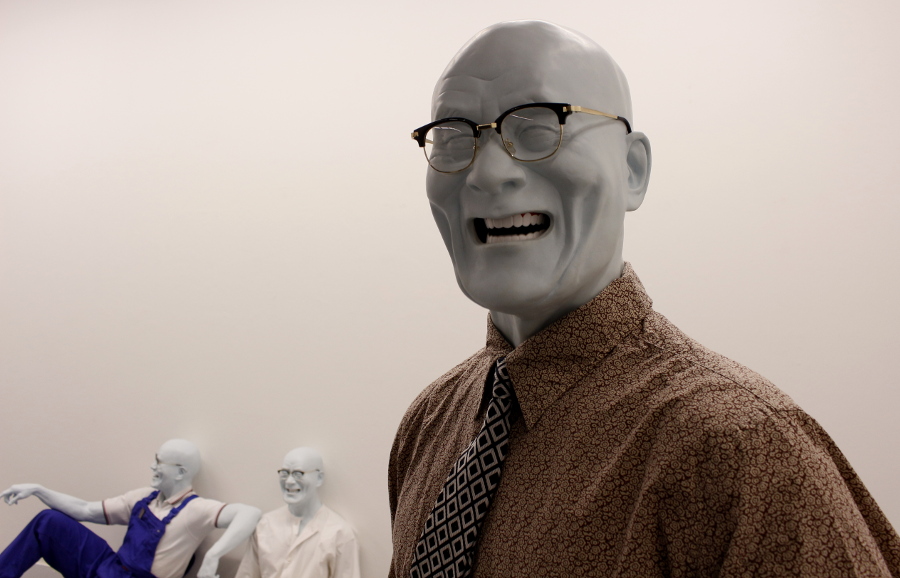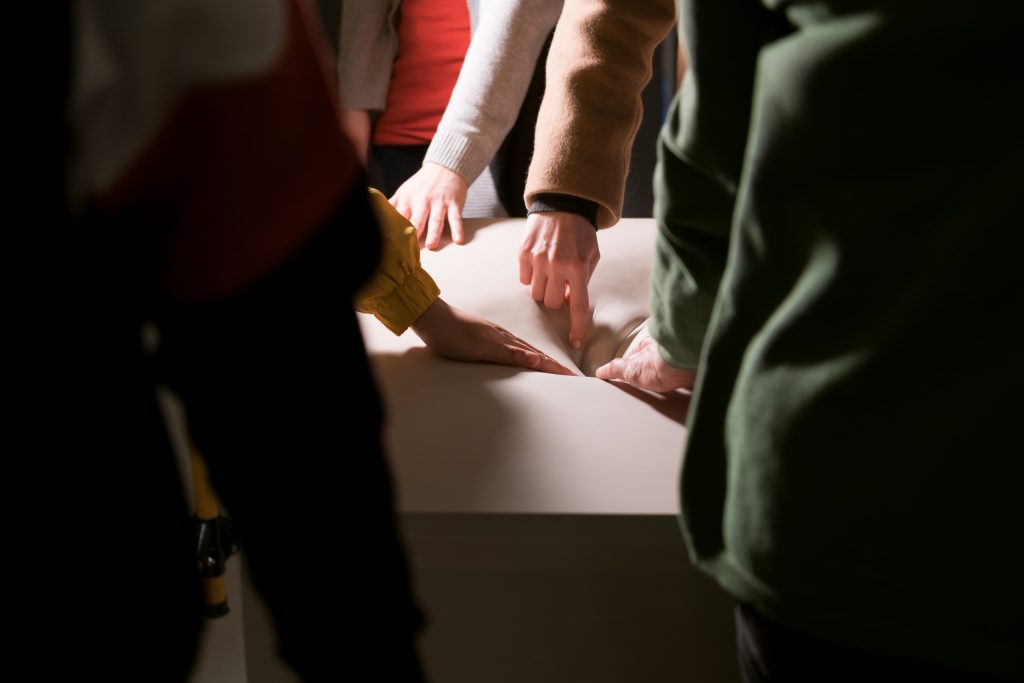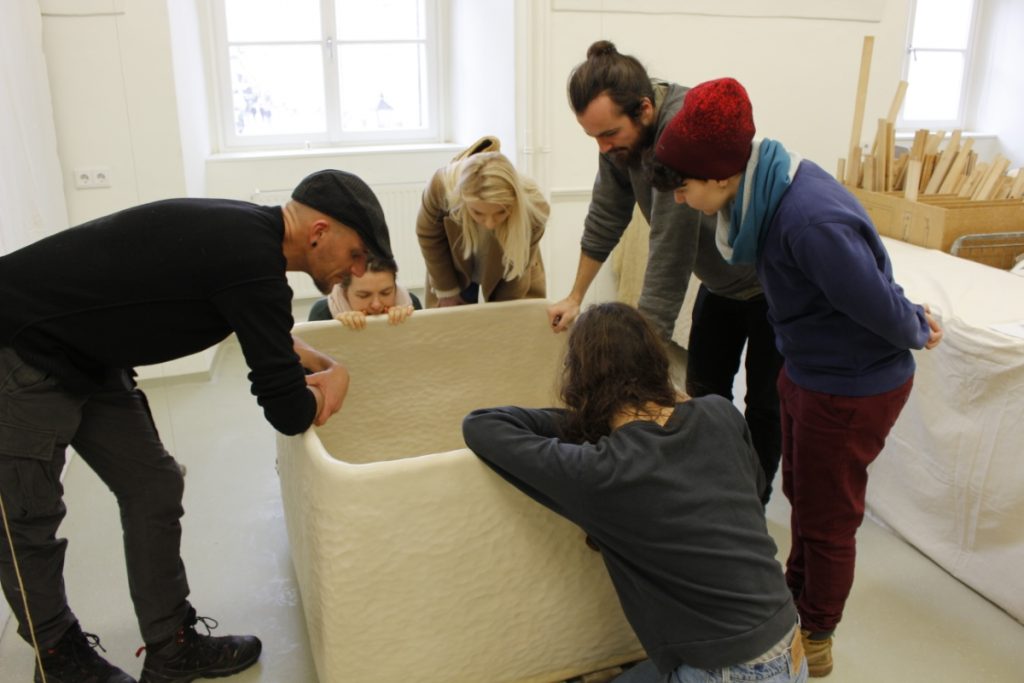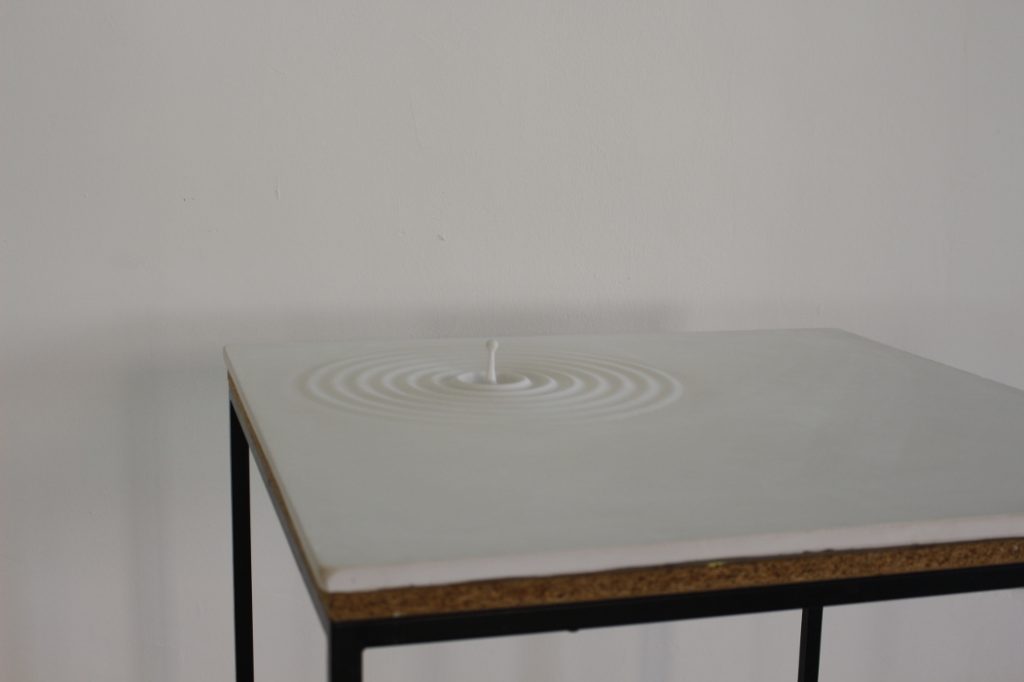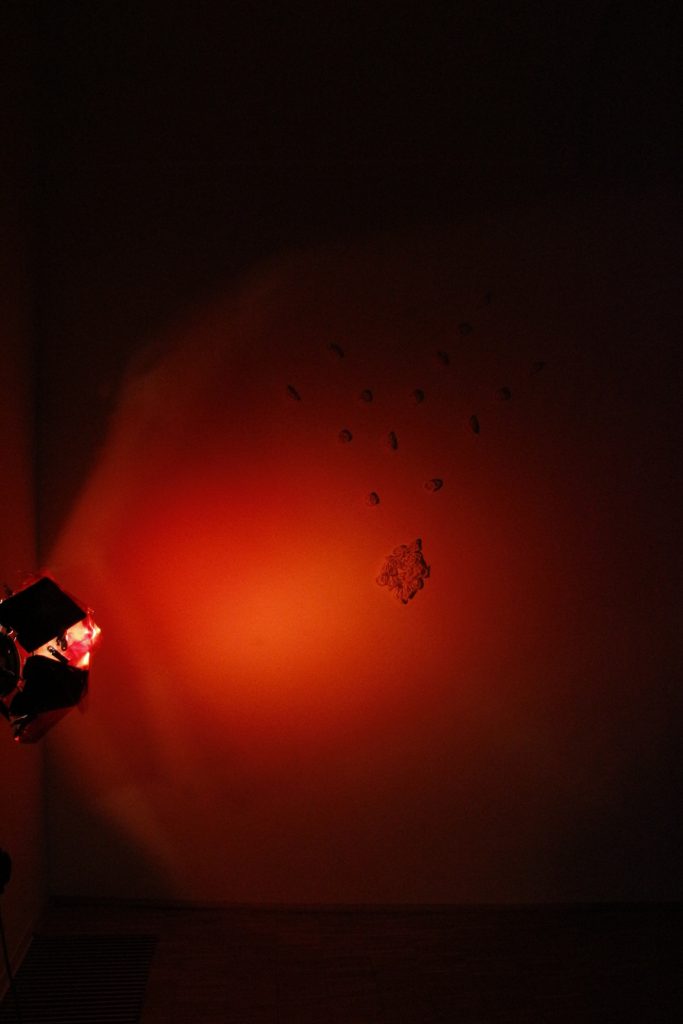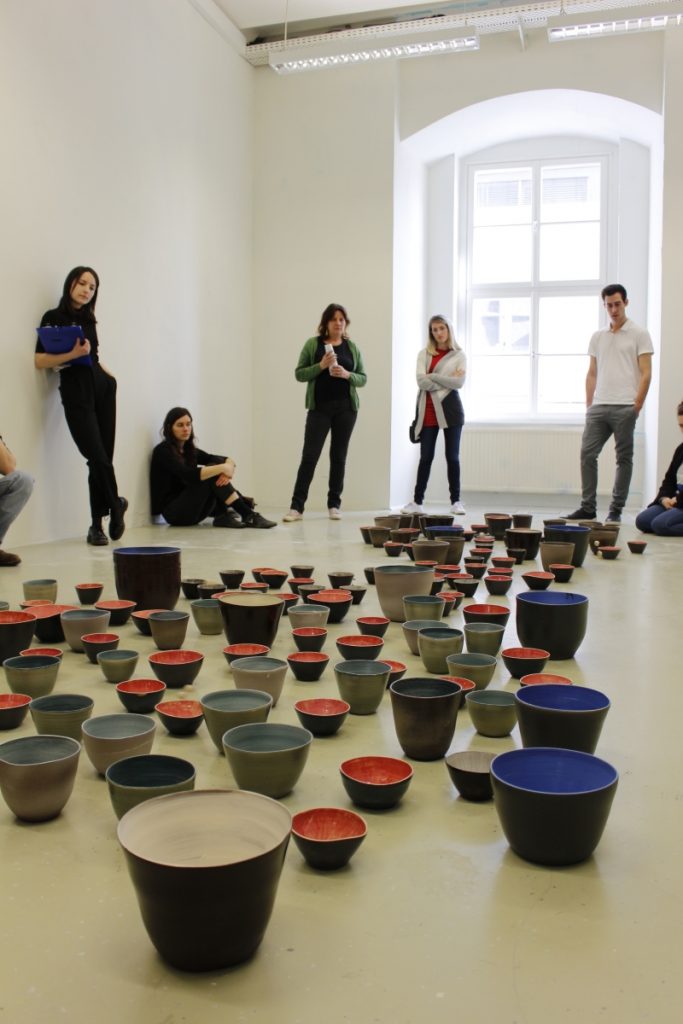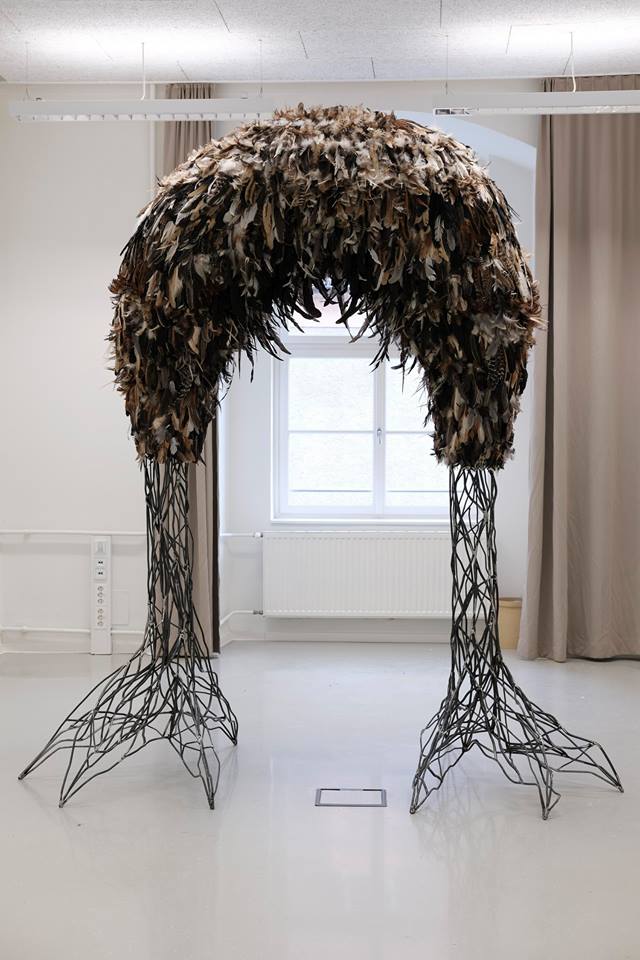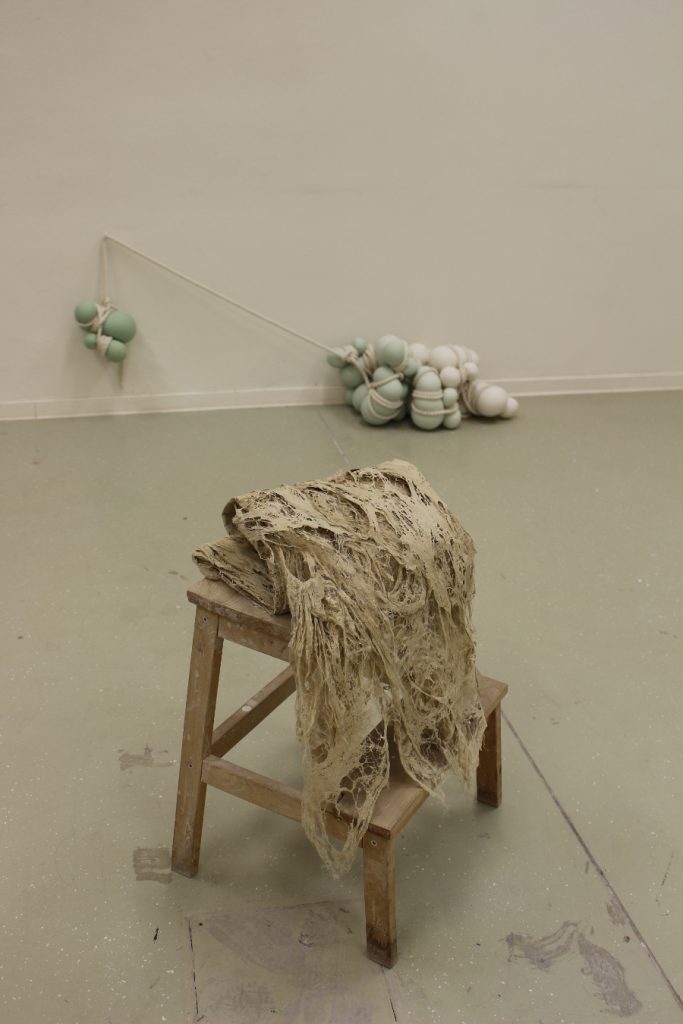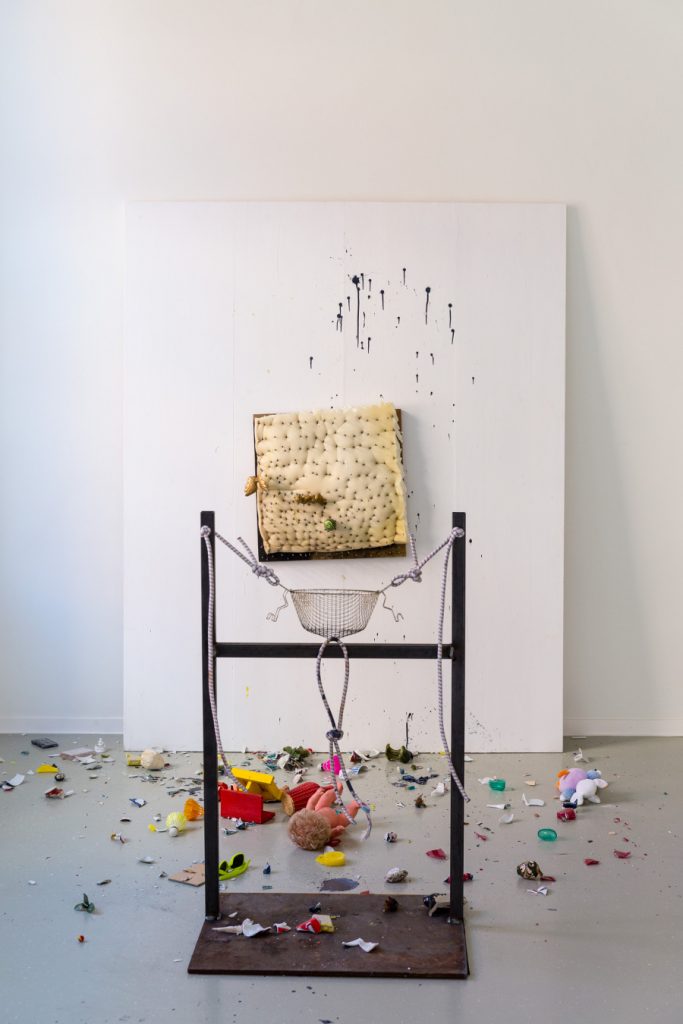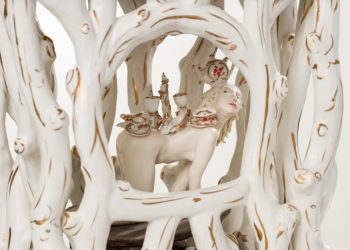Kunstuniversität Linz, Austria invites applications for BA and MA programmes in Sculptural Conceptions / Ceramics.
Applications deadline: September 1, 2020. Read more about the programmes and application process.
Bachelor programme Sculptural Conceptions / Ceramics
Art is a language that is able, beyond words, to generate images and conjure up emotions, which, in their turn, may change the way we think and can influence our actions. Forms, colours, textures, spatial interactions, dimensions, sounds, movements and the interplay of different media are the vocabulary of this language. In the context of this vocabulary, materials play a prominent role, since they can, by virtue of their physicality, define the look and feel of objects, refer back to the human body through the traces of workmanship perceivable on objects, stimulate individual associations and activate collective memory.
The six-semester, project-oriented Bachelor programme Sculptural Conceptions / Ceramics enables students to unearth this treasure inherent in the material foundation of artistic projects. Students are to develop both sensitivity and awareness of the very important role of materiality in the impact of – above all – sculptural works. For this reason, the programme assigns ample space to experiments with materials like clay, wood, metal and synthetics as well as to the reflection on such activities. Finally, these experiments are to culminate in students’ coherent concepts for artistic projects that are rooted in personal motivations and may make reference to a great variety of social and societal phenomena. Regular exhibitions are organised to enable students to present their works in the course of study projects, but also upon invitations by galleries and museums. Read more about the BA in Sculptural Conceptions / Ceramics.
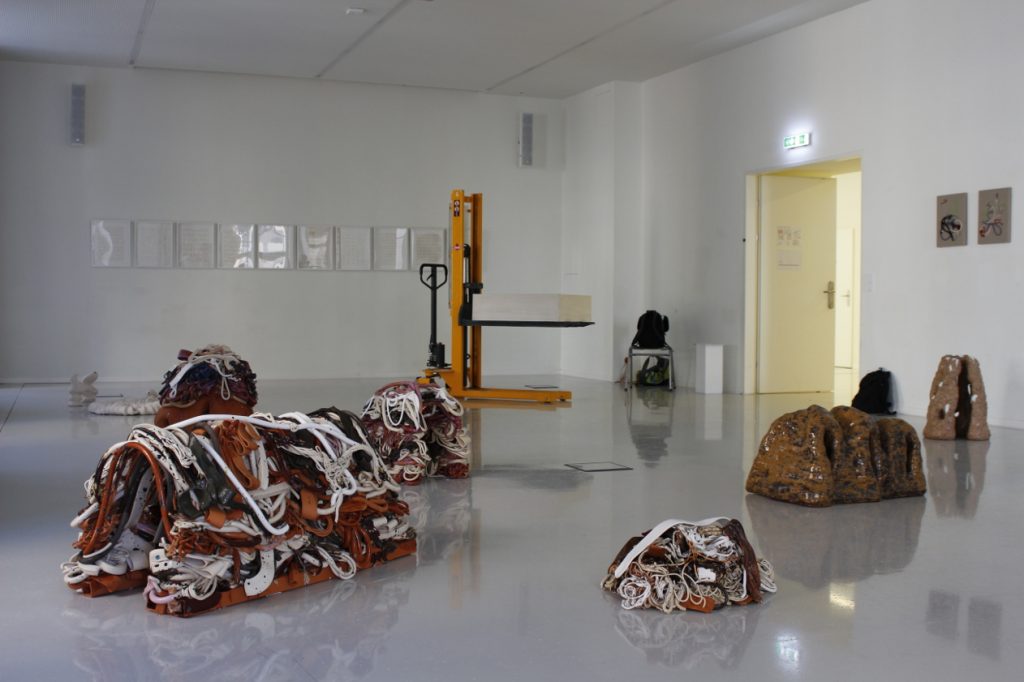
Master programme Sculptural Conceptions / Ceramics
The programme is an artistic curriculum in the field of the plastic arts. It aims at the development of concepts that make use of different media to thematise space in all its embodiments. Thus some projects of the programme may take place in empty houses or on vacant inner-city lots, while others, addressing aesthetic categories (e.g. ‘the ugly‘) or actions (e.g. ‘waiting‘), are presented in art galleries and public exhibition spaces.
Moreover, it is an objective of the Sculptural Conceptions / Ceramics programme to examine the significance of materiality for the emergence of artistic concepts. Far into modern times, the prevailing attitude decreed that the material from which artworks are created has to be obliterated, as it were, by their form, true to the belief that the idea behind a three-dimensional artwork can only be discerned through its form but not through the material used. Although today’s artists are free to work with practically any material, this wider range of available media still remains compromised by the predominant conviction that its material is only the lowest level of any artwork – a level that must be surmounted. This is the reason why both the production of, and the response to, art have so far tended to accord but little attention to materials.
The courses and classes of the master programme establish a high level of awareness in dealing with materials, which finds expression in all media selected. The methodological starting-point of this approach is a playfully experimental attitude towards materials – an inquisitive approach that is to generate ideas for artistic concepts. In the context of this process, the programme assigns exemplary importance to ceramic materials because of their unique haptic qualities. Moreover, technical skills can be acquired in the field of ceramics in order to add to their historical role as an art form of great art-historical significance, yet examined from a new artistic angle. Read more about the MA in Sculptural Conceptions / Ceramics.
Contact
plastische-konzeptionen.office@ufg.at
+43 (0) 732 7898 2317
University of Art and Design Linz
Department of Sculptural Conceptions / Ceramics
Domgasse 1
4010 Linz, Austria
Photos courtesy of Kunstuniversität Linz


